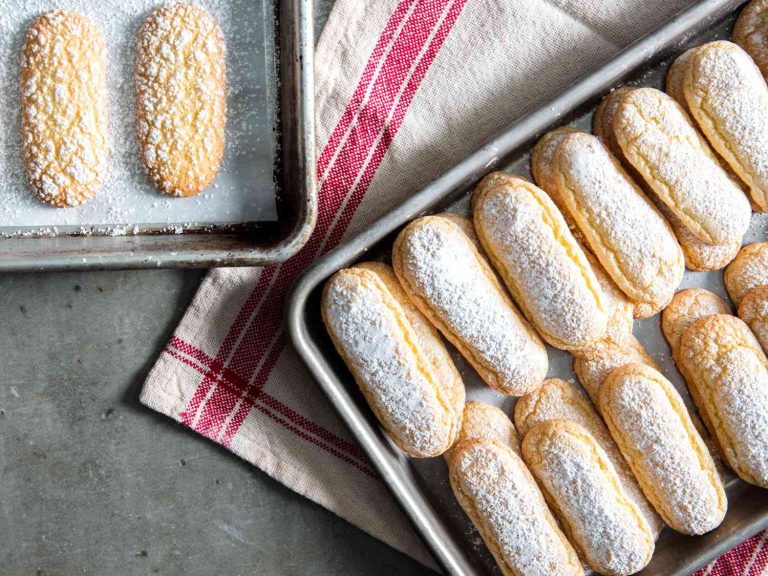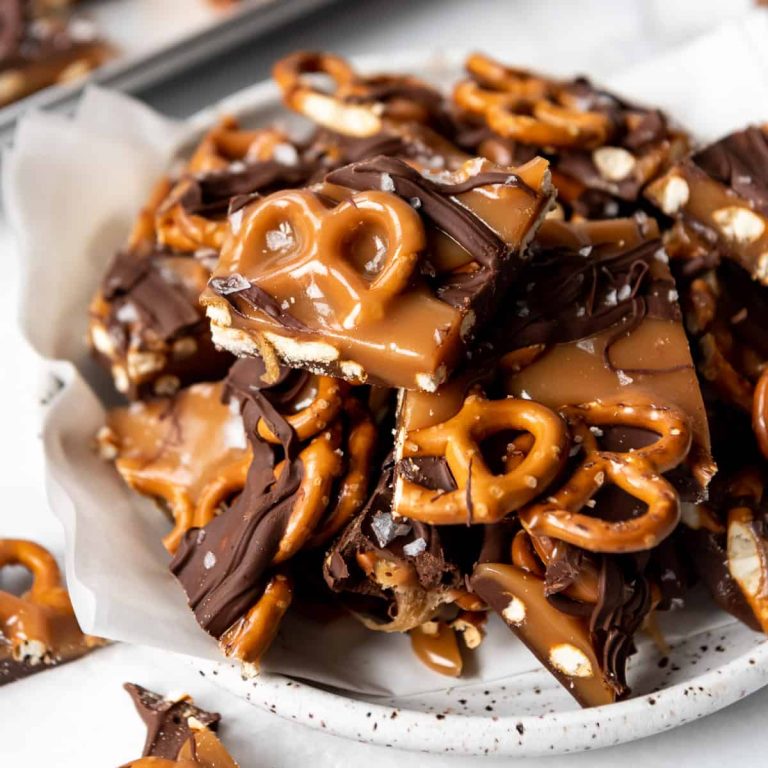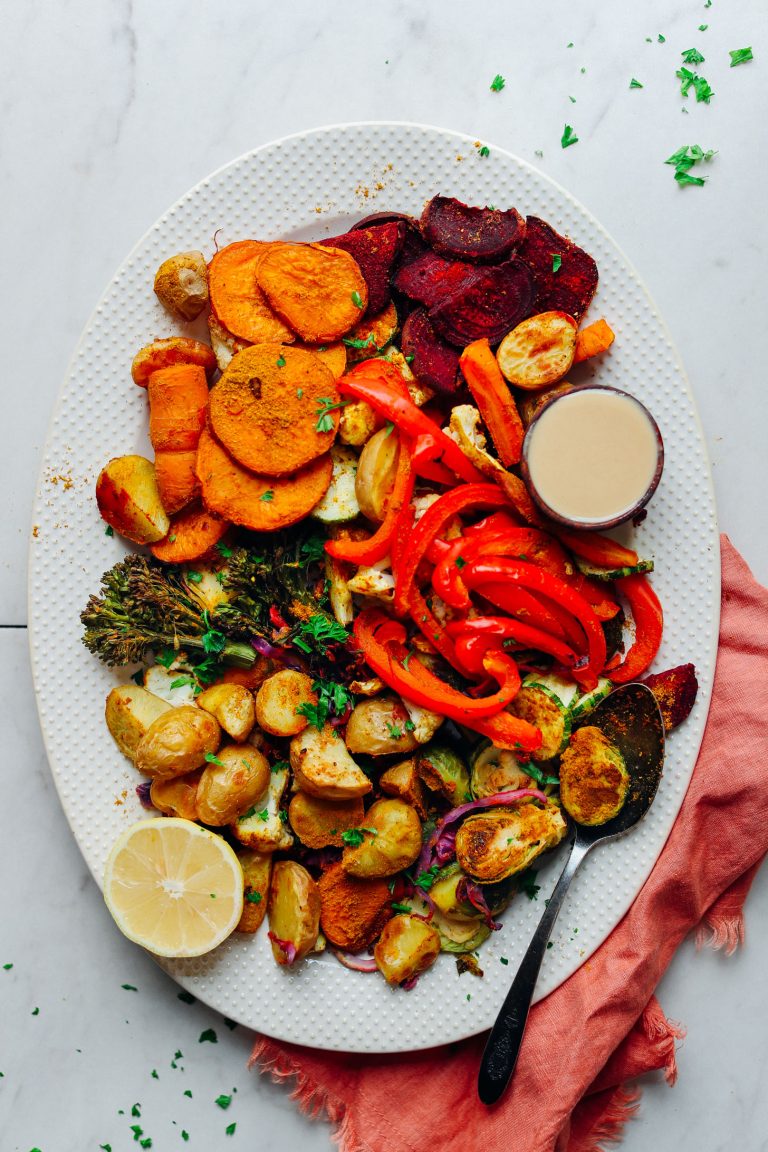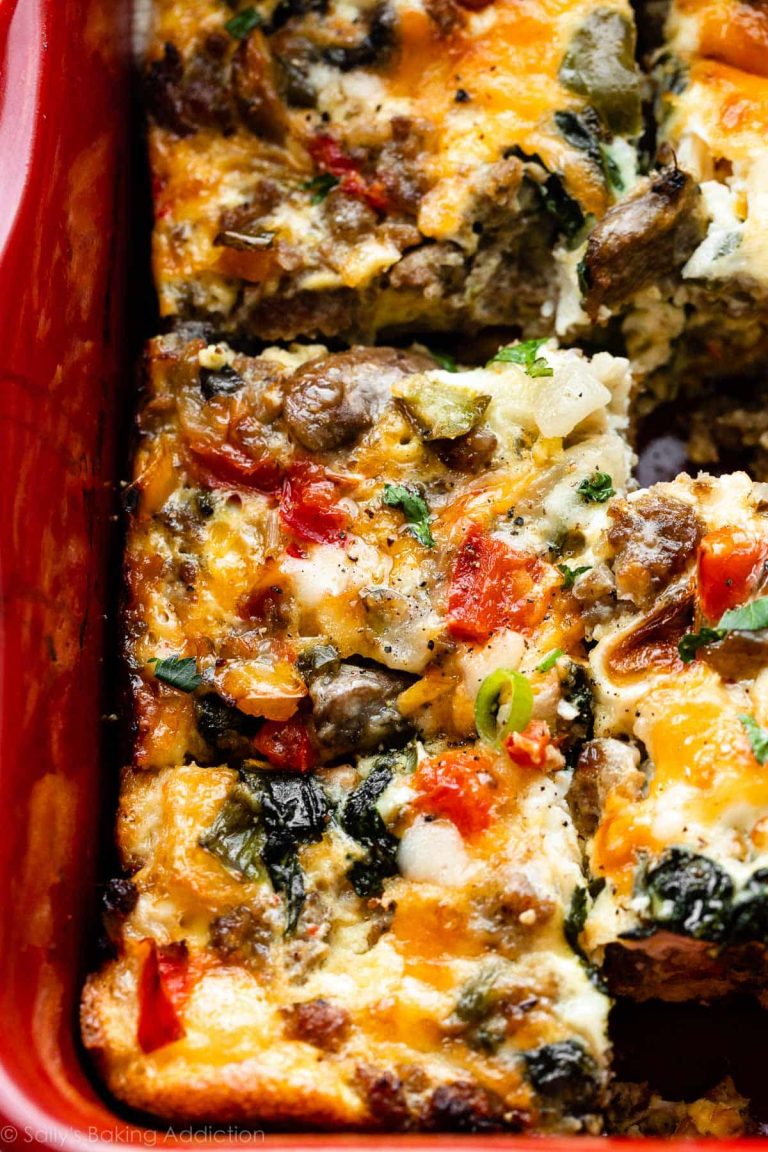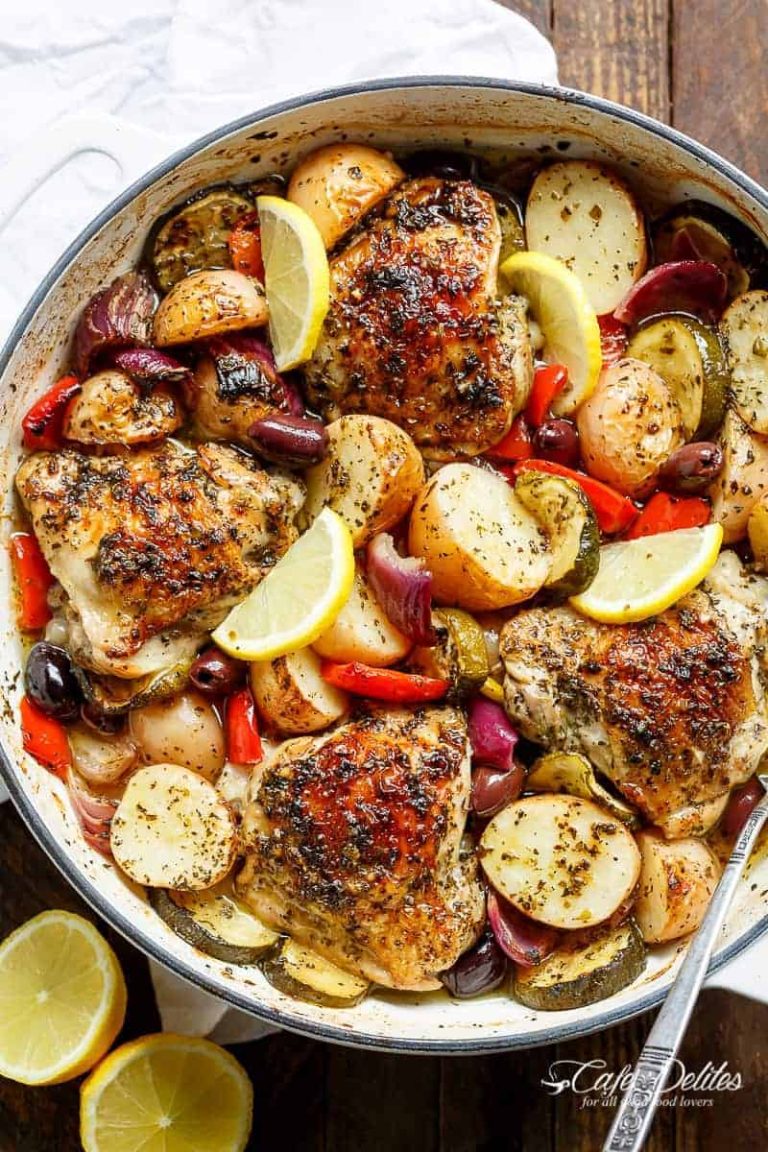Palak Paneer Curry Recipe: A Flavorful North Indian Delight with Variations
Palak Paneer has roots in North India, specifically in the Punjab region. The dish showcases the rich culinary heritage of Indian cuisine. Palak, meaning spinach, combined with paneer, a type of fresh cheese, creates a flavorful yet nutritious dish. This combination became popular due to its balance of taste, texture, and health benefits. The widespread appeal of Palak Paneer has made it a staple in Indian households and a beloved dish globally.
Key Ingredients In Palak Paneer Curry
Palak Paneer Curry features several essential components that blend to create a harmonious dish:
- Spinach: Fresh, vibrant green spinach leaves form the base of the curry.
- Paneer: Soft, cubed paneer adds a rich, creamy texture.
- Onions: Finely chopped onions provide a savory undertone.
- Tomatoes: Pureed tomatoes contribute tanginess and depth.
- Garlic and Ginger: These aromatics enhance the overall flavor.
- Spices: Garam masala, turmeric, cumin, and coriander bring warmth and complexity.
Other optional ingredients like cream can be added to increase the creaminess of the sauce.
Nutritional Benefits of Palak Paneer Curry
Nutrient Content
Palak Paneer Curry combines nutrient-rich ingredients, making it a powerhouse dish. One cup of palak (spinach) contains approximately 7 calories, 0.9 grams of protein, 6.9 milligrams of vitamin C, and 2813 IU of vitamin A. Paneer, a fresh cheese, adds significant amounts of protein and calcium. One ounce of paneer provides around 82 calories, 5 grams of protein, and 6 grams of fat. These values vary slightly based on preparation methods and other ingredients.
Health Benefits of Spinach and Paneer
Spinach boasts numerous health benefits due to its rich antioxidant content. It’s high in vitamins K, C, and A, promoting bone health, immune support, and eye health. The iron in spinach helps combat anemia by improving hemoglobin levels. Calcium in spinach also contributes to bone and dental health.
Paneer provides essential nutrients, primarily protein and calcium, supporting muscle repair and bone strength. It contains vitamin D, aiding in calcium absorption and further fortifying bone health. Paneer’s moderate fat content helps sustain energy levels and supports cell function.
Combining spinach and paneer in Palak Paneer Curry creates a balanced dish offering important vitamins, minerals, protein, and healthy fats.
How to Make Palak Paneer Curry
Choosing the Right Ingredients
Select fresh spinach, preferably organic, to ensure maximum nutrients and flavor. Use tender leaves as they blend more smoothly. Opt for high-quality paneer; homemade or from a trusted store. Use ripe tomatoes and fresh onions, garlic, and ginger for a robust base. Include spices like garam masala, cumin, turmeric, and coriander powder to create the authentic taste. Keep some heavy cream optional to add richness. Ensure all ingredients are fresh to maintain the dish’s flavor and nutritional profile.
Step-by-Step Cooking Guide
1. Blanch the Spinach: Wash 200g of spinach leaves and blanch them in boiling water for 2 minutes. Transfer to cold water immediately to retain color. Blend to a smooth puree and set aside.
2. Prepare the Paneer: Cut 200g of paneer into cubes. Lightly fry in a pan until golden on all sides. Set aside.
3. Sauté the Base: Heat 2 tablespoons of oil in a pan. Sauté 1 finely chopped onion until translucent. Add 1 tablespoon minced garlic and 1 teaspoon minced ginger. Cook until fragrant.
4. Add Tomatoes and Spices: Add 2 finely chopped tomatoes and cook until soft. Add 1 teaspoon turmeric, 1 teaspoon cumin, 1 teaspoon coriander powder, and 1 teaspoon garam masala. Stir well and cook until the oil separates.
5. Combine Spinach and Paneer: Add the spinach puree to the pan. Mix well and simmer for 5 minutes. Add the fried paneer cubes and gently mix. Cook for another 5 minutes to let the flavors meld. Add salt to taste.
6. Optional: Add Cream: For a richer curry, add 2 tablespoons of heavy cream and stir well before serving.
Different Variations of Palak Paneer Curry
Regional Variations
Palak Paneer Curry boasts numerous regional variations throughout India. In Punjab, the curry often includes generous amounts of cream or butter, enhancing its richness. This version uses a robust spice mix, providing a vibrant flavor profile. In contrast, the Gujarati variation incorporates yogurt, lending a slight tanginess to the dish. This version tends to be less spicy but just as flavorful. Meanwhile, Rajasthani Palak Paneer might include dried fruits and nuts like cashews and raisins, adding subtle sweetness and extra texture. Each region puts its unique twist on this classic dish, reflecting local tastes and culinary traditions.
Vegan and Dietary Alternatives
For those following vegan diets, you can substitute paneer with tofu, keeping the texture and protein content similar. Instead of cream, use coconut milk, which adds a rich flavor without dairy. If you’re avoiding alliums like onions and garlic, try an adaptation that uses hing (asafoetida) for a similar depth of flavor. Gluten-free versions skip any wheat-based additives, ensuring it’s suitable for gluten intolerance. Modifying the spices to control heat levels makes it easier to cater to individual dietary restrictions while retaining the quintessential taste of Palak Paneer Curry.
Conclusion
Palak Paneer Curry stands as a versatile and beloved dish in Indian cuisine. By using fresh ingredients and following the right steps, you can create a meal that’s both flavorful and nutritious. Exploring regional variations and dietary alternatives allows you to customize this classic dish to suit your preferences and dietary needs. Whether you’re savoring the creamy richness of Punjab’s version or enjoying a vegan twist, Palak Paneer Curry offers a delightful culinary experience. So, gather your ingredients and get ready to enjoy a delicious bowl of Palak Paneer Curry at home.


